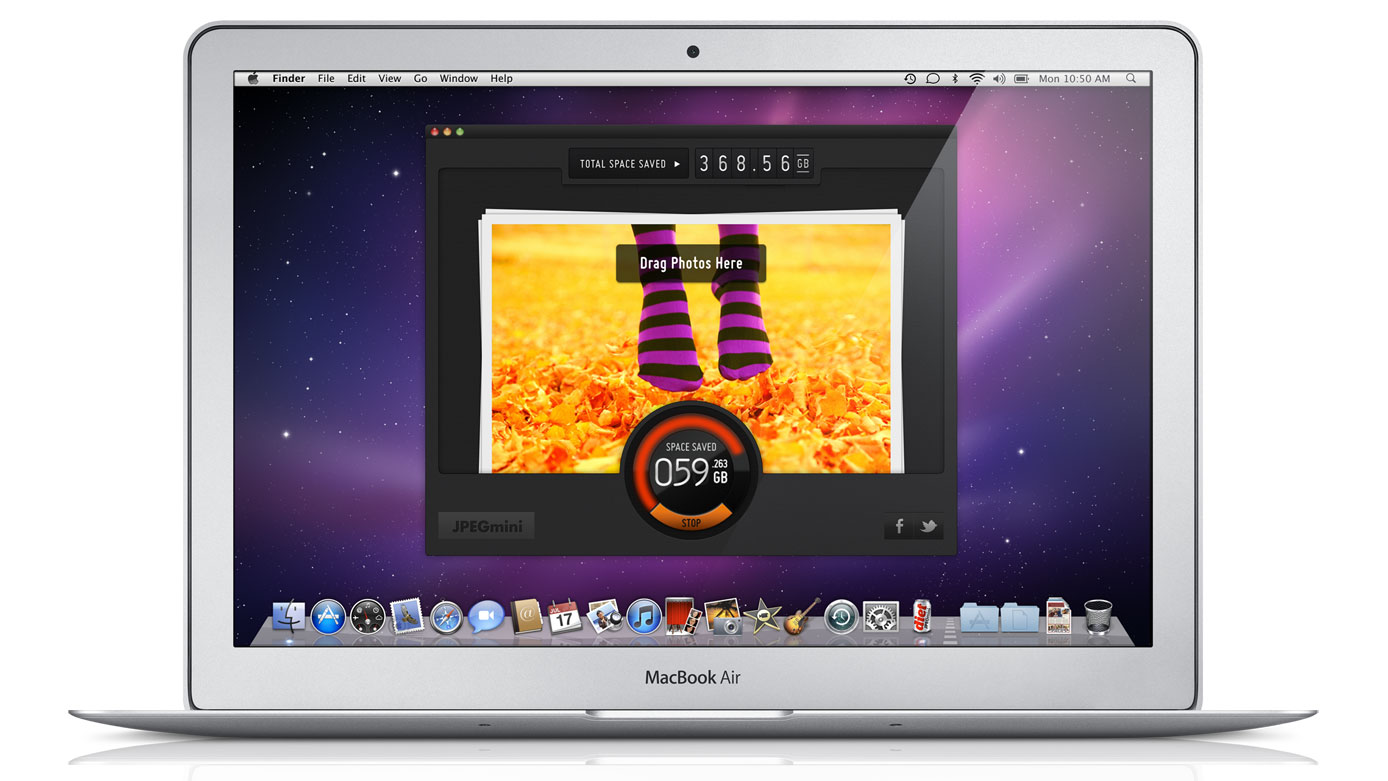Meet the app that can shrink JPEG files by 80% without harming quality
JPEGmini can produce JPEGs one-fifth the size with no visible quality loss, says its maker

You're probably thinking that the JPEG format is already pretty efficient at cutting image file sizes, and that re-compressing a JPEG is probably the worst thing you can do for image quality.
But higher-end cameras can produce pretty big JPEGs. A sample image from our Olympus OM-D E-M1, for example, came out of the camera at 7.9MB, and that's from a camera with just 16 megapixels – there are plenty bigger than that. But JPEGmini was able to shrink this image down to just 3.2MB, which is not quite the 80% reduction that the company claims is possible, but it does depend on the original image. The lower the original resolution, in megapixels, the lower the potential gains.
Smarter compression
There's a reason for this variation in file size reduction. According to its maker, JPEGmini uses 'patent pending' technology to shrink images in two stages. First, it uses perceptual image analysis to work out how much compression can be applied without introducing artefacts. Second, it uses a JPEG encoder which adapts to the original photo.
In other words, some images can be compressed more than others. The good news is that in our tests it was next to impossible to see any difference under magnification on-screen between the smaller 3.2MB JPEGmini file and the original 7.9MB JPEG. We tried this out with blind tests on other images and the result was the same – it was too close to call.
The only problem is that you can experiment with JPEG quality settings when you save images from Photoshop or Lightroom and achieve broadly similar results – JPEG compression is a subtle art which produces difference which can be extremely hard to spot.
The point about JPEGmini, though, is that it seems to deliver the highest 'safe' compression with the least possible effort.
How it works
JPEGmini comes in a number of forms. You can use the free JPEGmini web version using drag and drop and then downloading the optimized version to your computer.
Get daily insight, inspiration and deals in your inbox
Sign up for breaking news, reviews, opinion, top tech deals, and more.
Or you can download the free JPEGmini Lite app from the Apple App Store, though this limits you to 20 photos per day.
The desktop apps are the main paid-for products, and these are available in Windows and Mac versions. JPEGmini costs $19.99 (about £13/AU$27) and is a simple standalone app. You drag your photo(s) on to the window and it saves out optimized versions, telling you how much space it's saved in the process. It couldn't be simpler, but be aware that it saves over the original image, so you might want to make copies first. It also has an upper limit of 28 megapixels.
The Pro version lifts this limit to 50 megapixels, uses all CPU cores simultaneously for faster processing and includes Lightroom plug-in, but this bumps the price up to a hefty $149 (about £96/AU$204).
There's even a JPEGmini Server edition for corporate customers, so this is a serious product with lofty ambitions.
Pros and experts will probably prefer to shoot RAW files and process them as TIFF images or maximum quality JPEGs (if they've got to use them at all) rather than re-compressed versions, but JPEGmini is all about large-scale efficiencies rather than pixel-peeping image quality. It's designed for JPEG shooters who want smaller files, faster transfer and more efficient storage without compromising image quality.

Rod is an independent photographer and photography journalist with more than 30 years' experience. He's previously worked as Head of Testing for Future’s photography magazines, including Digital Camera, N-Photo, PhotoPlus, Professional Photography, Photography Week and Practical Photoshop, and as Reviews Editor on Digital Camera World.